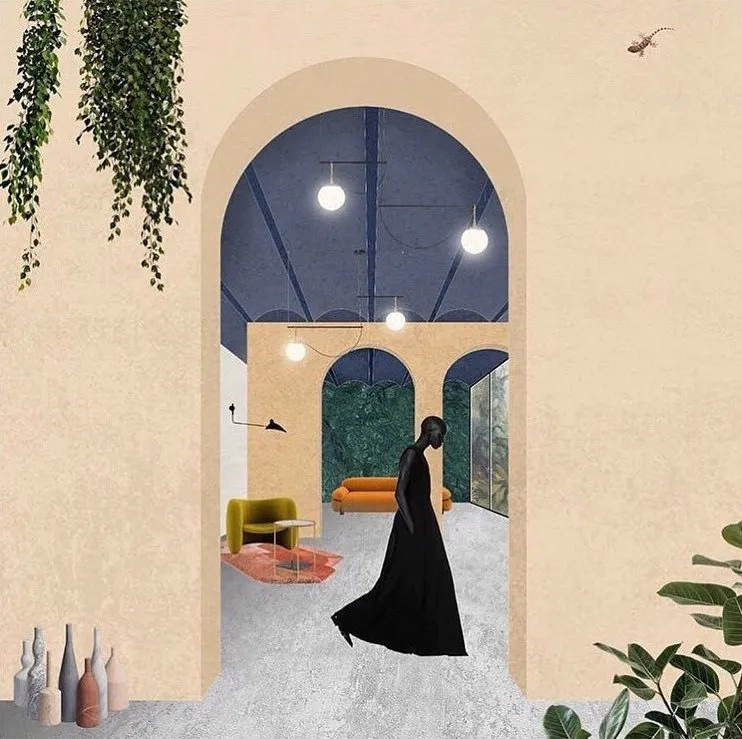Share This Article
- Zaha Hadid (2004)
- Kazuyo Sejima (2010)
- Carme Pigem (2017)
- Yvonne Farrell and Shelley McNamara (2020)
- Anne Lacaton (2021)
Pritzker Prize, founded in 1979, is often quoted as the Nobel prize for architecture and is deemed by architects as the profession’s highest honour. Although the 45 years of Pritzker have seen a history of a male-dominated arena, six women have proved the world wrong by winning the esteemed prize.
It took 25 years for the jury to award the prize to a woman, and it was won by Zaha Hadid for her extraordinary vision and contributions to the field of architecture in 2004, followed by Kazuyo Sejima in (2010), Carme Pigem in 2017, Yvonne Farrell and Shelley McNamara in 2020 and Anne Lacaton in 2021.
Take a look at the lives and contributions of women who have won the Pritzker Prize.
Zaha Hadid (2004)

Zaha Hadid, an Iraqi-born British Architect, became the first woman ever to win the Pritzker Prize in the year 2004. She graduated in architecture from the Architectural Association in 1977, after which she joined the Office of Metropolitan Architecture (OMA). She began her own practice in London in 1980.
Called the queen of the curve by the guardian, Hadid’s vision, with fluid forms and a deconstructivist attitude, challenged architectural conventions with mere concrete, steel, and glass. The architecture community can thank her for her notable contributions to architecture such as the Heydar Aliyev Centre, the London Aquatics Centre (built for the 2012 Olympics), the Broad Art Museum, Rome’s MAXXI Museum, and the Guangzhou Opera House.
The jury cited the opening of the critically acclaimed Rosenthal Center for Contemporary Art in Cincinnati, Ohio, as the peak point in her architecture career, which, along with other works such as the Vitra Fire Station, the LFone in Weil am Rhein and the Mind Zone in the Millennium Dome won her Pritzker prize and eventually make history.
Kazuyo Sejima (2010)

Kazuyo Sejima, a Japanese architect, graduated from Japan Women’s University in 1979 and then completed the Master’s Degree course in architecture in 1981. After working with Toyo Ito and Associates until 1987, she established her practice, Kazuyo Sejima & Associates.
Kazuyo Sejima, with her partner Ryue Nishizawa, with their collaborative partnership SANAA founded in 1995, won the prestigious award in 2010 for their works that seemingly echo simplicity while exploring lightness, continuous space, and transparency. Their designs are straightforward and use simple materials combined with subtle restraint to form a neat union of structure and spaces. Another important aspect the architect believes is the relation of the building with the context and attempts to blur the lines of the outside with the inside.
Major built works Sejima and her partner accomplished together include the New Museum of Contemporary Art (New York, NY), the O-Museum in Nagano, and the 21st Century Museum of Contemporary Art in Kanazawa (both in Japan), the recently completed Rolex Learning Center (Lausanne, Switzerland), and the Glass Pavilion at the Toledo Museum (Ohio).
She was appointed as the director of the Venice Architecture Biennale in 2010 as a tribute to her winning the Pritzker Prize. She was the first woman to be chosen for this role in history.
Carme Pigem (2017)

Carme Pigem is a Spanish architect who won the Pritzker prize in 2017, along with her associates in RCR Arquitectes, Ram?n Vilalta, and Rafael Aranda.
RCR Arquitectes’ vision and Pigem’s philosophy of architecture are highly context-based, with their work having an inherent sense of place rooted in the culture, climate, and history. The jury cited their built works like The Inn and their own office, called the Barberi laboratory, as the perfect example of the setting of the architects coming into the play. RCR also deeply prioritizes the community and has people who inhabit the building as their topmost concern.
The notable works of Pigem and her associates include Bell -Lloc Winery (2007), Tossols ? Basil Athletics Track (2000), La Lira Theater Public Open space, and the Sant Antoni ? Joan Oliver Library.
Yvonne Farrell and Shelley McNamara (2020)


Yvonne Farrell and Shelley McNamara, co-founders of Grafton Architects in Dublin, Ireland, have been recognized for their exceptional architectural work. They have built numerous educational buildings, housing, and cultural institutions, demonstrating a deep understanding of place and culture. Their buildings respond to settings and cities appropriately, enhancing local communities. Farrell and McNamara’s approach is honest, revealing their understanding of design and construction processes. They have achieved human scale in their large buildings, creating intimate spaces that create community. Their commitment to excellence, collaboration, and environmental responsibility earned them the 2020 Pritzker Architecture Prize. Their work is characterized by their integrity, collaboration, and commitment to excellence.
Anne Lacaton (2021)

Anne Lacaton was awarded the Pritzker Prize in 2021 along with Jean-Philippe Vassal for their innovative approach to social housing, sustainable design, and adaptive reusability. Their work addresses climatic and ecological emergencies, particularly in urban housing, and focuses on architectural quality, environmental responsibility, and ethical society. Their critical approach to architecture embodies the generosity of space, ideas, and economy of means, materials, shape, and form. They have shown sensitivity and warmth to their buildings’ users, focusing on sustainability, economic, environmental, and social pillars. They are best known for their positive outlook on renovation and frown at the act of demolition. The notable works by the duo include FRAC Nord-Pas de Calais, ?cole Nationale Sup?rieure d’Architecture de Nantes, Ourcq-Juar?s Student and Social Housing, Palais de Tokyo, and Cap Ferret House, among others.
Although the Pritzker has seen a plethora of male architects, here’s to hoping that it will not always be like this. Let us hope that the legacies of these women laureates not only inspire generations of women architects to break barriers and challenge conventions but will also shift the pendulum of architecture being a more equitable profession.
Sources
- https://www.pritzkerprize.com/laureates/2004#laureate-page-272
- https://parametric-architecture.com/the-6-women-pritzker-architecture-prize-laureates-since-1979/
- https://microform.digital/boa/posts/category/notable-days/745/20-years-architect-zaha-hadid-becomes-the-first-female-recipient-of-the-pritzker-prize
- https://www.pritzkerprize.com/laureates/2010#laureate-page-341
- https://en.wikipedia.org/wiki/Kazuyo_Sejima
- https://www.pritzkerprize.com/laureates/anne-lacaton-and-jean-philippe-vassal#laureate-page-2301
- https://www.pritzkerprize.com/laureates/2020

